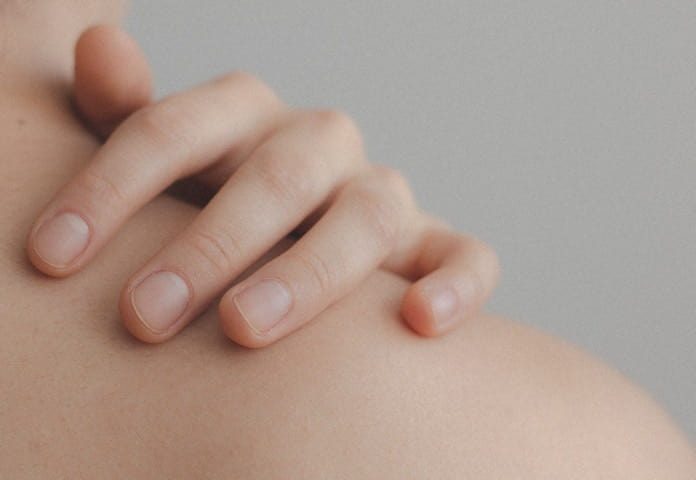Researchers from the European Molecular Biology Laboratory utilized near-infrared lights to stop itch in a preclinical study.
Itchy skin is an uncomfortable and uncontrollable sensation that makes you want to scratch to relieve the feeling. It can occur over certain small areas such as on an arm or leg, or over the whole body. Chronic itching can be irritating and distressful, having a dramatic impact on an individual’s quality of life.
Possible causes of itchiness are aging, skin conditions, allergy, and internal infections. Itchy skin is commonly associated with other skin disorders such as xerosis, dermatitis, psoriasis, herpetiformis, and pemphigoid.
Some people may find relief with warm water, moisturizing lotions, and medicated ointments. These measures, however, only aim to control skin barrier function and inflammation rather than targeting itch itself. Some chronic itchy skin conditions may respond poorly to current therapies. Identifying an effective way to reduce itching is, therefore, critical and requires a deeper understanding of the underlying mechanisms.
Using lights to bind the receptors of itch-associated cells
In a recent study published in Nature Biomedical Engineering, a group of researchers from Italy and Germany utilized near-infrared lights to selectively target the cells that stimulate itch-associated behaviours. Using an analogous approach of ligand brain-derived neurotrophic factors, the researchers were able to identify the mechanosensory neurons that underlie mechanical hypersensitivity in neuropathic pain.
New treatment works well in mice with atopic dermatitis
After identifying the specialized nerve cells, the researchers developed a light-sensitive chemical that binds only to those cells located in the upper surface of the skin. The researchers first injected the chemical inside a mouse’s affected skin area and then illuminated it with near-infrared lights to eliminate the itch-sensing cells. This stops the itch and allows the skin to heal. The effect of the treatment can last several months.
This study opens new approaches for the future treatment of itchy skin conditions. Further development of this technology to target other membrane receptors and neuronal subsets is needed to obtain a better understanding of neuronal regeneration in the skin.
Written by Man-tikChoy, Ph.D.
Reference: Nocchi, L. et al. Interleukin-31-mediated photoablation of pruritogenic epidermal neurons reduces itch-associated behaviours in mice. Nature Biomedical Engineering, 2018. DOI: https://doi.org/10.1038/s41551-018-0328-5.



